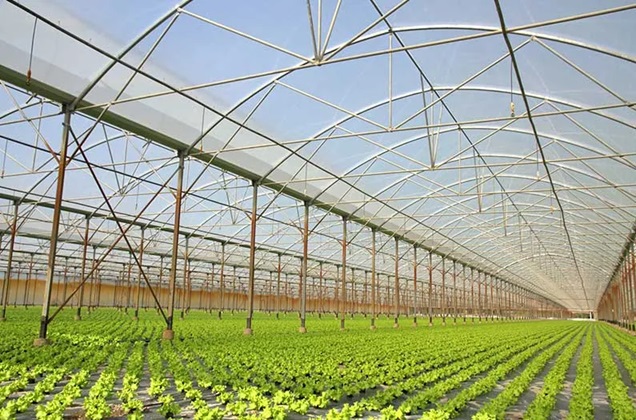From the look of things, running a greenhouse should be simple. It is structurally made to use natural light without necessarily depending so much on any other form of energy. However, greenhouse owners spend huge amounts of money on electricity bills. How did they end up here?
Climate change and unpredictability.
In cold seasons, your greenhouse will still need energy to hold up your plants. Since there is no natural heat, you will be required to supplement the energy with electricity. The exterior low temperatures will require the internal space to have enough heat in order to withstand the coldness. Additionally, there will be fluctuating air densities in the growing space. Warm air is lighter than cold air, and will occupy the upper space of the ceiling area. The cold air under will still try to rise, and you will eventually notice plant levels losing heat.
Supplementary energy is expensive, and you will probably feel it when accumulating your electricity bill. You need to consider the cost aspect even before you buy a greenhouse. However, there are proven ways that will help you reduce the energy significantly. Others are quite quick fixes, while others may see you saving on electricity bills for quite some time. Let us dive into them:
Infrared Installation
You must install these on the inside parts of the polycarbonate walls. Compared to other methods, this could be one of the cheapest ways to keep your plant space warmer. Since a lot of heat loss happens at night due to low outdoor temperatures, this protective film will provide an additional buffer over your plants. In the same way, it will help in keeping the heat absorbed during the day inside your greenhouse.
Proper heat conservation incorporates storing the existing heat and avoiding potential cold air.
However, consider poly film as a temporary solution since it is not durable. You might have to change it every two to three years to be sure of its effectiveness. Also, they crack or become brittle, rendering them quite ineffective.
Installation of Fan Systems
Although you might still have existing fans in your greenhouse, there is a significant possibility that they may not be as effective as they should be. Over time, fans’ effectiveness and output reduce to less than half of a new version of the same fan. However, they will still consume the same energy as the new ones (sometimes even more).
Sometimes, the age of the fans is not the problem. The greenhouse would have the best fans but be placed in the wrong places. Since heated air rises, failure to distribute them efficiently and uniformly will lead to some plants not getting the required heat.
Always place your fans strategically, preferably horizontally and vertically, for uniform air circulation.
Use of Boilers and Hot Water Heaters
Although boilers use electricity efficiently, they may be less energy-friendly. Most boilers operate through gasoline, which may fluctuate from time to time.
The biggest disadvantage of using water in this process is its higher temperature sink. Since it has more specific heat energy compared to air, it means you will need more energy to raise its temperature beyond that of air. In the process, more energy will be used.
The energy overuse problem will go away when a large amount of water is used, as they will retain their temperatures even when colder temperatures kick in.
Environmental Control System
These are automated systems that will ensure your heating systems only turn on when needed. A good system will utilize your most efficient energy sources before switching to the more intense one.
Although you can always operate switchers yourself, it will require you to keep moving back and forth between them, which is time-consuming.
These automatic switchers are capital-intensive, and you might have to choose the best ones there are. However, they have the potential to save you significant time and money.
Composting
Composting is an affordable way to keep your greenhouse warm. Composting is the process of breaking down organic matter, releasing energy in the process. The released energy will aid your greenhouse with more warmth.
Conclusion
Other methods of reducing energy costs include proper insulation in extremely cold weather, root system heating, and heat updates.



